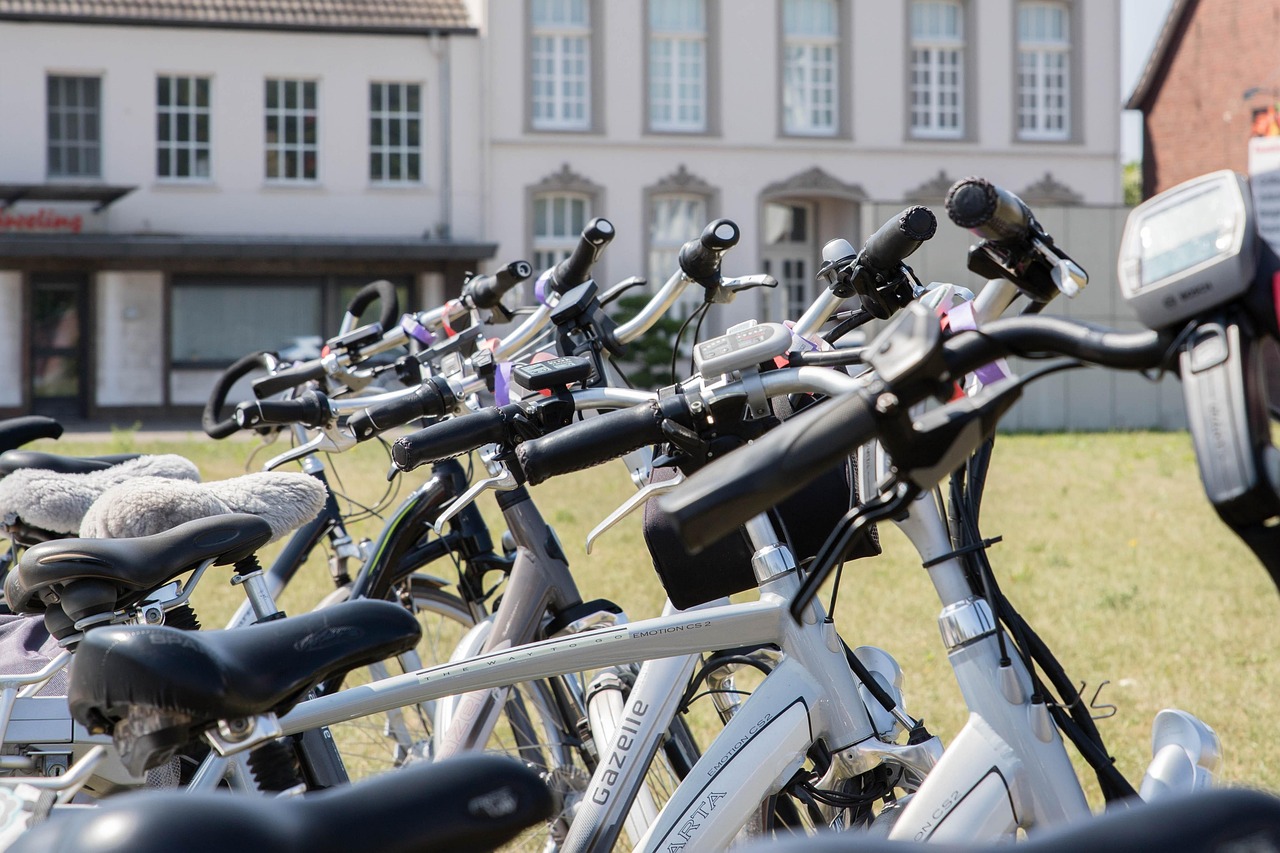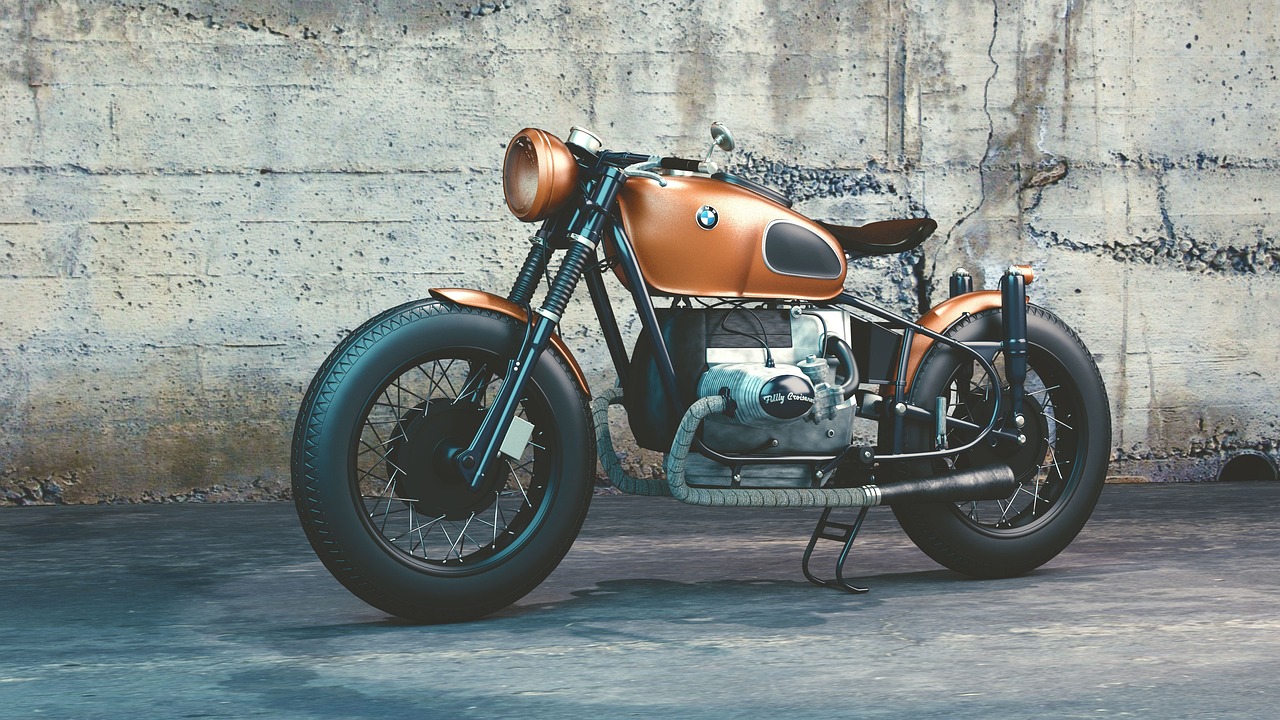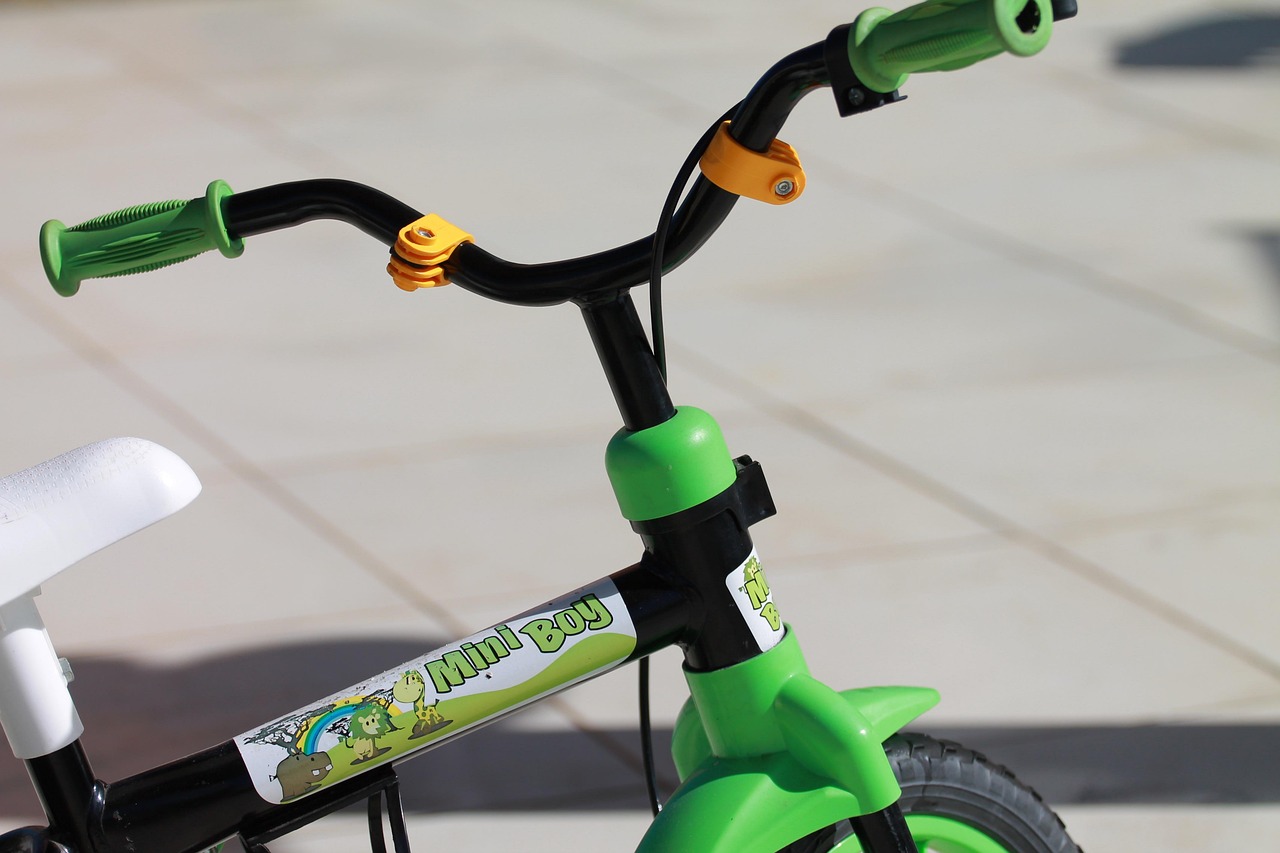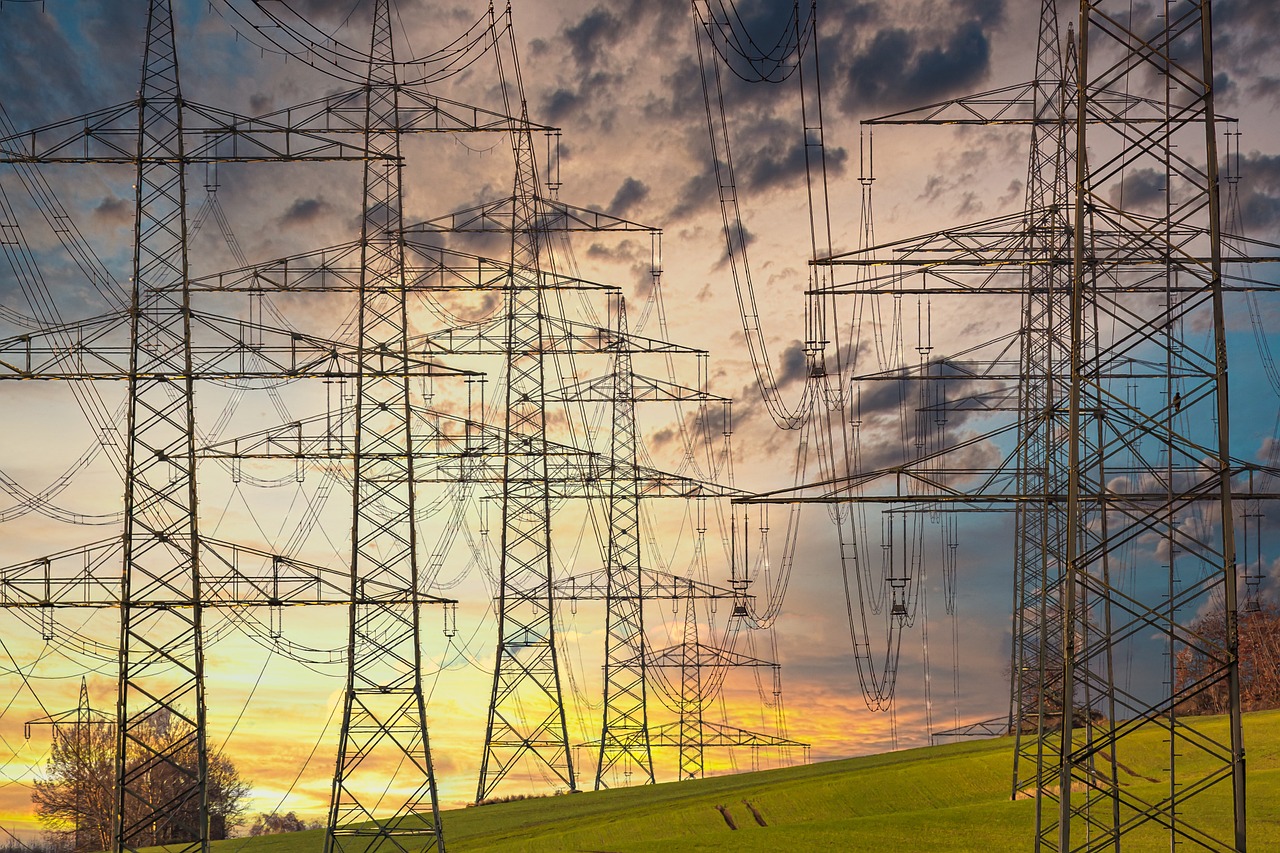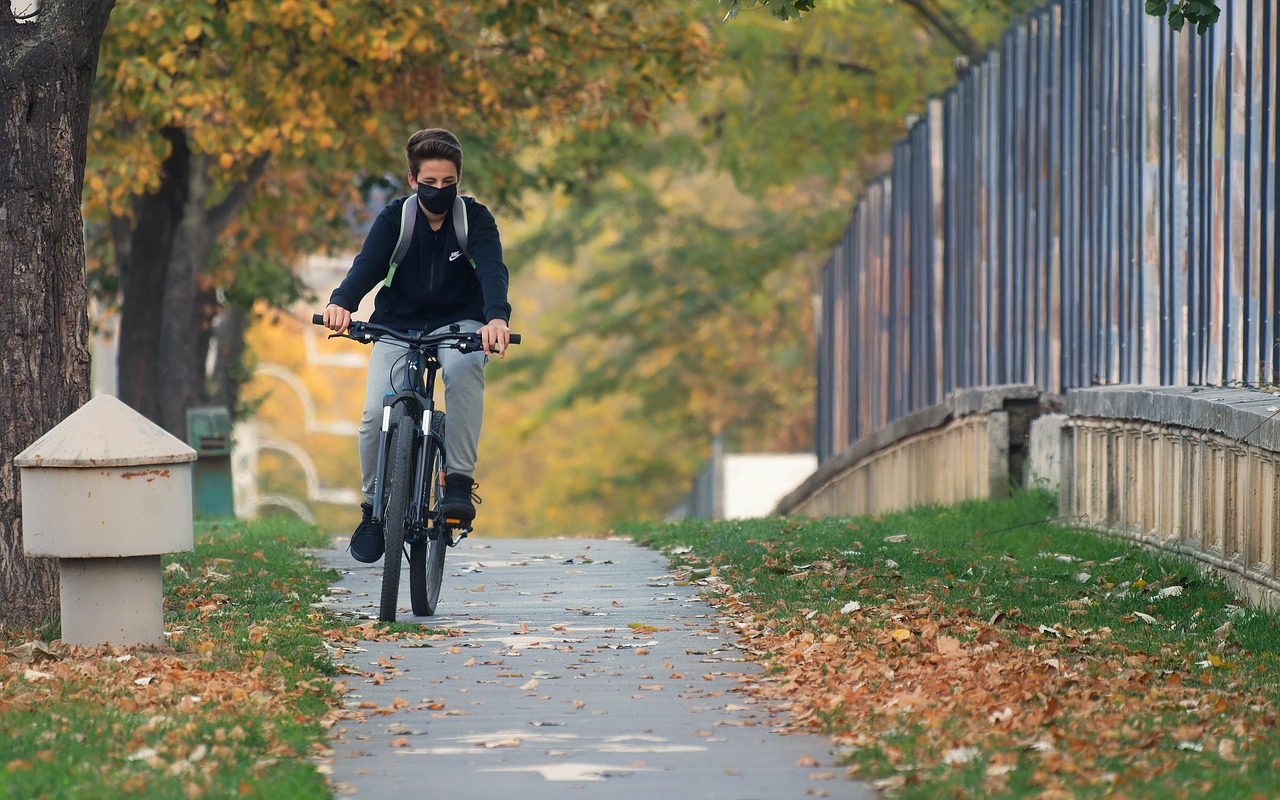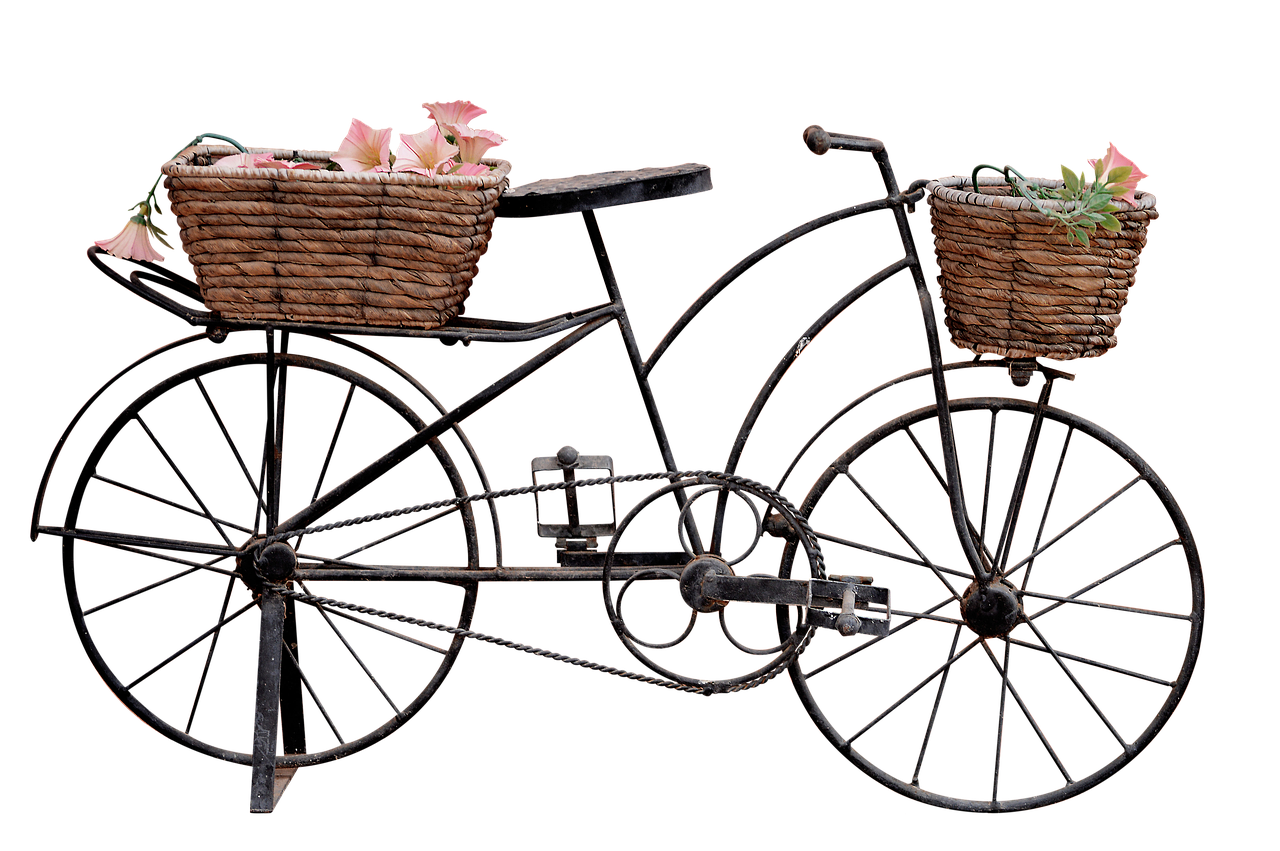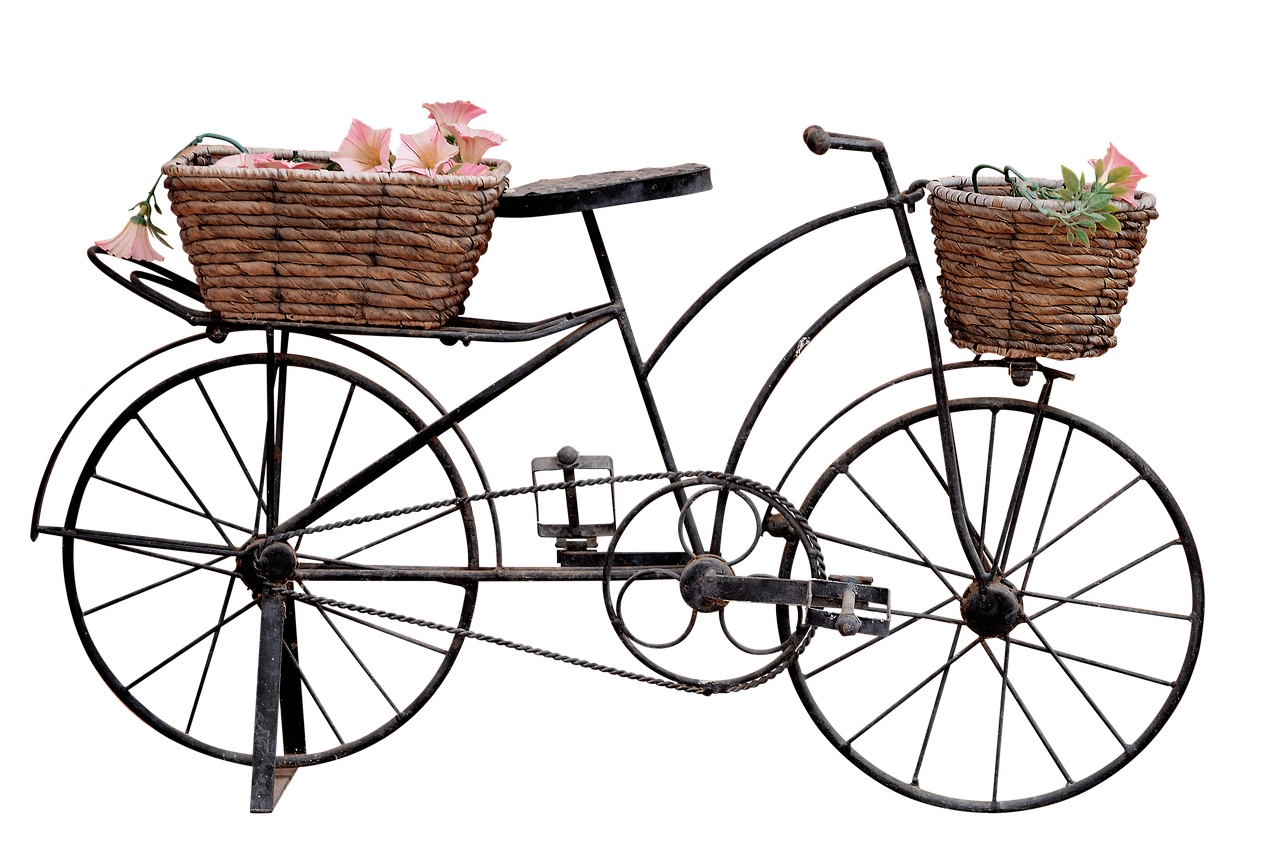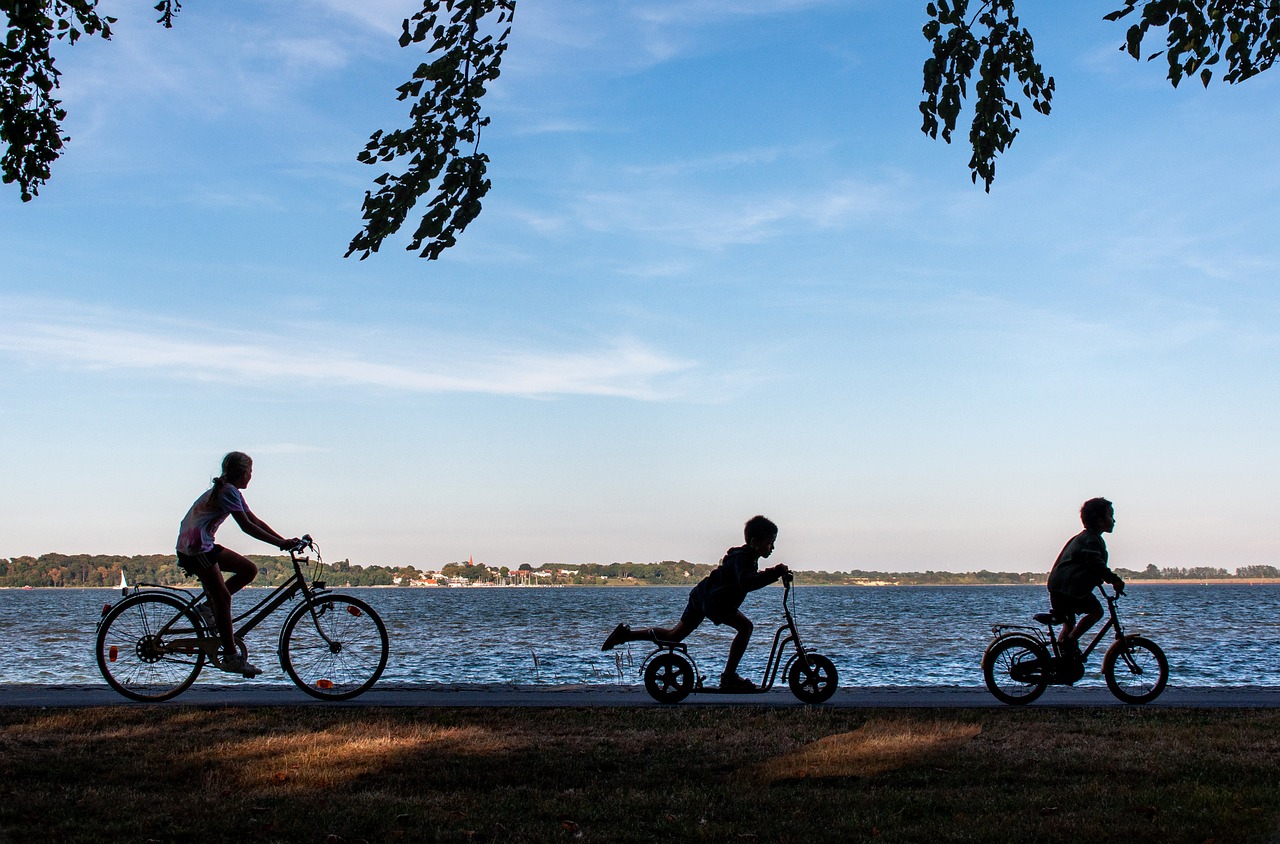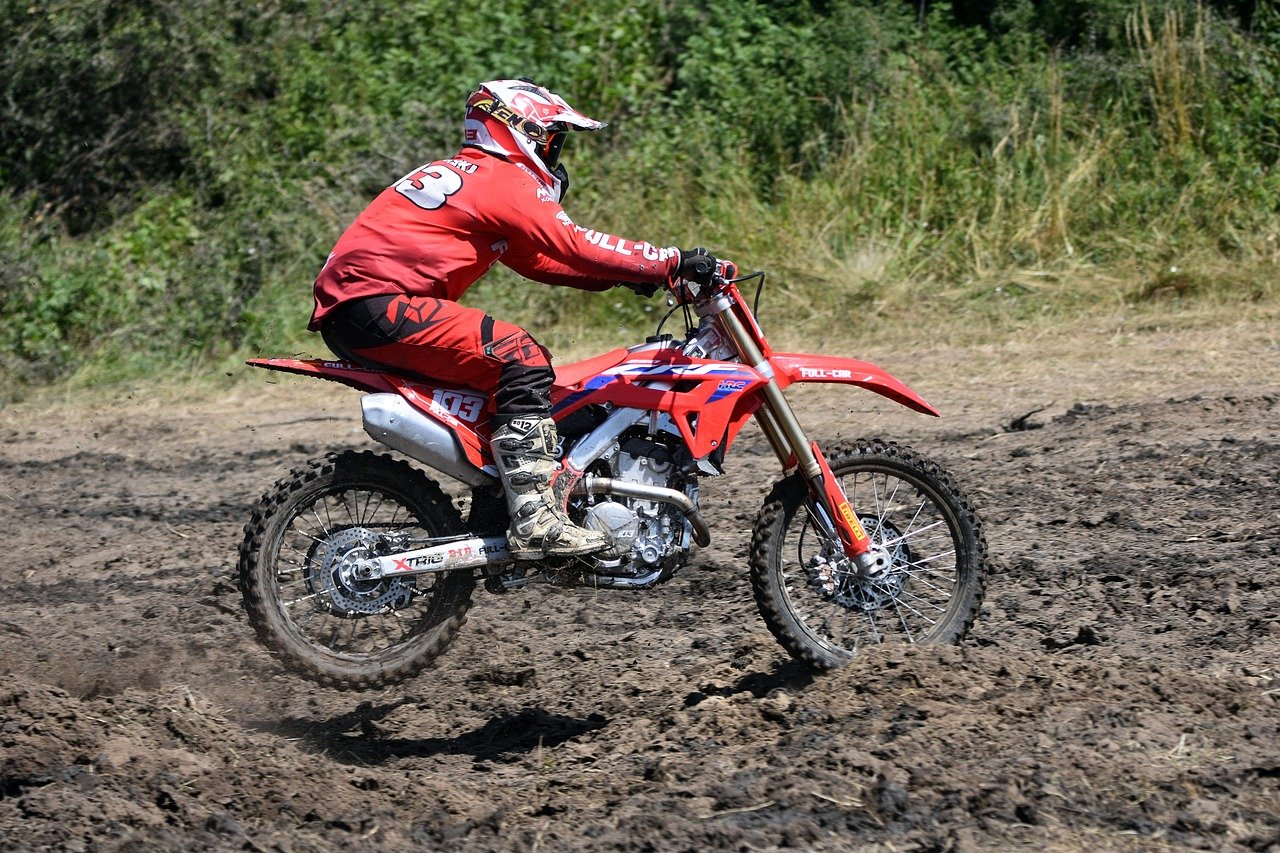This article explores the top electric bikes designed for winter riding, focusing on performance, features, and user experiences to help you choose the perfect ride for your cold-weather escapades.
Why Choose an Electric Bike for Winter?
Electric bikes are an excellent choice for winter riding due to their added power and stability. They allow riders to navigate through snowy and icy terrains with ease, making winter biking more accessible and enjoyable.
Key Features to Look for in Winter Electric Bikes
- Fat Tires: Essential for better grip on snow and ice.
- Robust Frames: Provide durability and stability in harsh conditions.
- Powerful Batteries: Ensure long rides without running out of charge.
Fat Tires for Enhanced Traction
Fat tires are crucial for winter biking as they distribute weight evenly, reducing the risk of slipping and improving stability on slippery surfaces.
Benefits of Wider Tires
Wider tires increase contact with the ground, allowing for smoother rides over uneven terrain. This is particularly beneficial in snowy conditions where traction is vital.
Choosing the Right Tire Pressure
Adjusting the tire pressure is important for winter biking. Lower pressure increases grip on slippery surfaces, while higher pressure can improve performance on packed snow.
Top Electric Bikes for Winter Riding
| Bike Model | Key Features |
|---|---|
| Rad Power Bikes RadRover 6 Plus | Fat tires, powerful motor, excellent range |
| Specialized Turbo Vado SL | Lightweight, integrated lights, enhanced safety features |
Maintenance Tips for Winter Electric Bikes
- Cleaning and Lubrication: Regular maintenance prevents rust and ensures smooth operation.
- Battery Care: Store batteries indoors to maintain efficiency in cold weather.
Safety Tips for Riding in Winter Conditions
- Wearing Appropriate Gear: Dress in layers and wear reflective gear for visibility.
- Understanding Road Conditions: Always assess the environment before heading out.
Conclusion: Embrace Winter Adventures with the Right Electric Bike
Choosing the right electric bike for winter adventures can significantly enhance your riding experience. With the right features and proper maintenance, you can confidently explore winter landscapes and enjoy biking all year round.
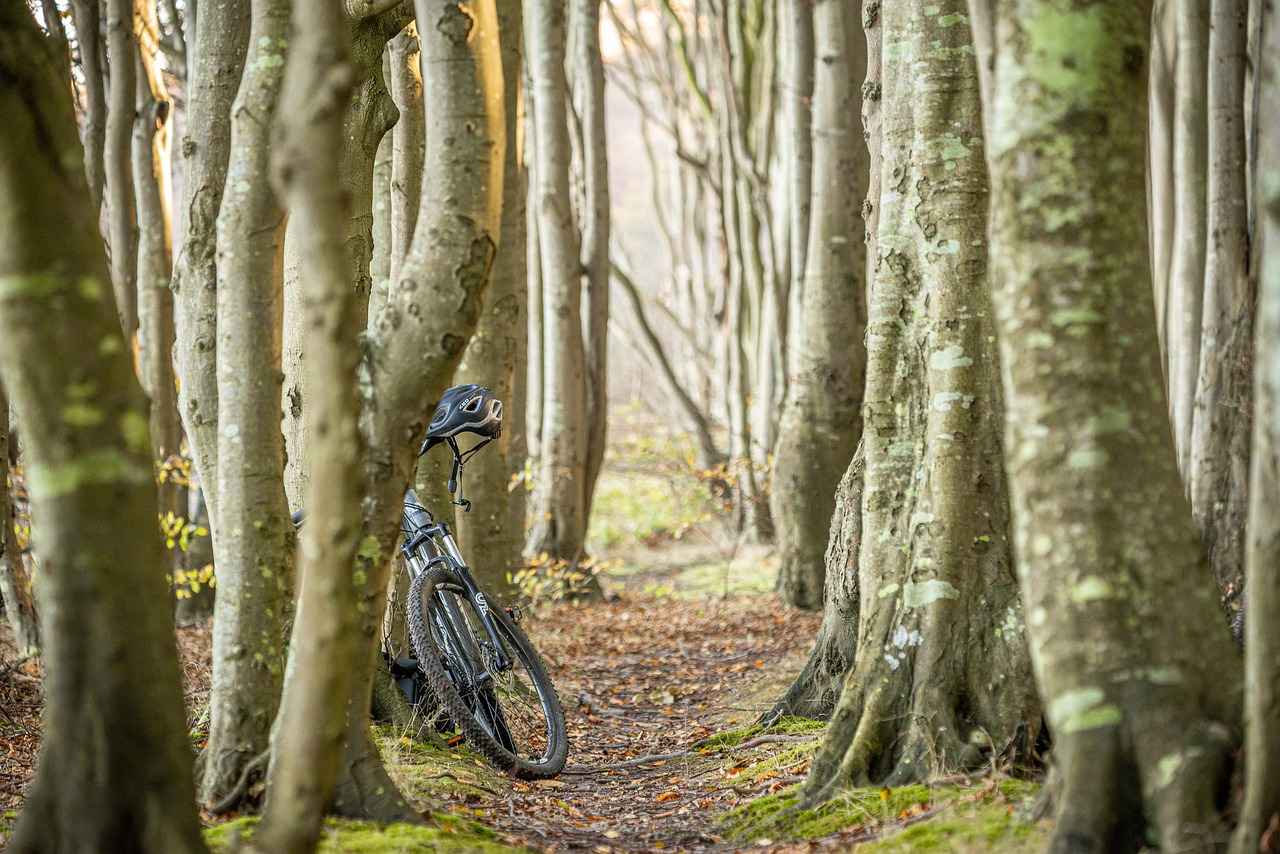
Why Choose an Electric Bike for Winter?
As winter approaches, many outdoor enthusiasts may wonder how to continue their cycling adventures despite the challenging weather conditions. Electric bikes (e-bikes) have emerged as a fantastic solution for winter riding, offering unique advantages that enhance both safety and performance on icy and snowy terrains.
One of the primary benefits of electric bikes in winter is their added power. The electric motor provides assistance, allowing riders to tackle steep inclines and navigate through thick snow with ease. This added boost can be particularly beneficial for those who may struggle with the physical demands of traditional biking in harsh conditions.
Additionally, electric bikes offer improved stability compared to conventional bicycles. The weight distribution and design of many e-bikes help maintain balance on slippery surfaces, reducing the risk of falls. Riders can feel more secure when traversing icy paths, making their winter biking experience more enjoyable.
Moreover, electric bikes often come equipped with features specifically designed for winter riding. Fat tires are a common trait, providing enhanced traction and grip on snow and ice. These wider tires distribute weight evenly, significantly lowering the chances of slipping. Furthermore, the ability to adjust tire pressure allows riders to optimize their grip based on the conditions they encounter.
In conclusion, choosing an electric bike for winter riding not only enhances your ability to navigate challenging terrains but also boosts your confidence and enjoyment during those cold-weather adventures. With the right e-bike, you can embrace the winter season and explore the beauty of snowy landscapes while staying active and safe.
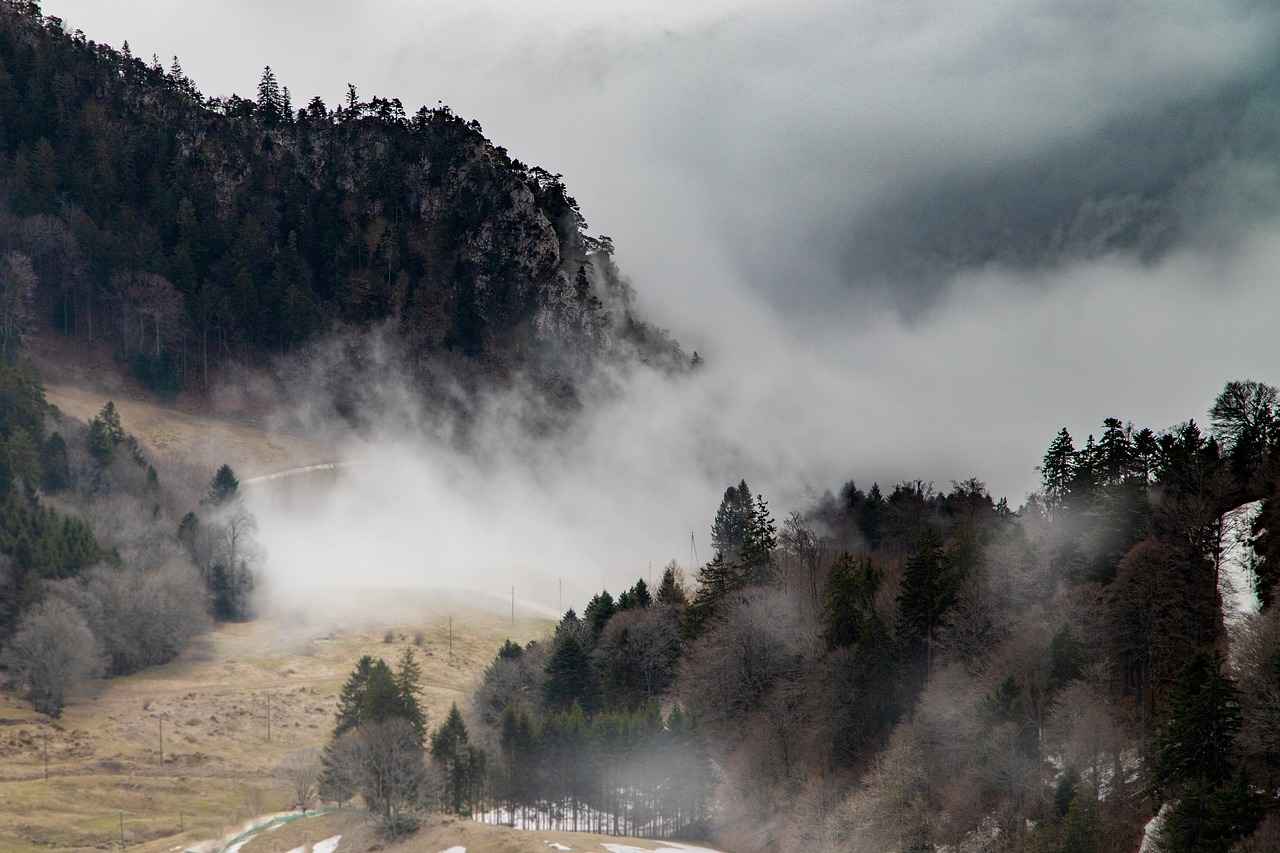
Key Features to Look for in Winter Electric Bikes
The Best Electric Bikes for Winter Adventures
This article explores the top electric bikes designed for winter riding, focusing on performance, features, and user experiences to help you choose the perfect ride for your cold-weather escapades.
Why Choose an Electric Bike for Winter?
Electric bikes offer unique advantages in winter conditions, providing added power and stability. They can help riders navigate snowy and icy terrains more easily compared to traditional bicycles.
When selecting an electric bike for winter, consider features like fat tires, robust frames, and powerful batteries. These elements enhance performance and safety in challenging weather conditions.
- Fat Tires for Enhanced Traction: Fat tires are essential for winter biking, providing better grip on snow and ice. They distribute weight evenly, reducing the risk of slipping and improving overall stability.
- Benefits of Wider Tires: Wider tires increase surface area contact with the ground, allowing for smoother rides over uneven terrain. This feature is particularly beneficial in snowy conditions, where traction is crucial.
- Choosing the Right Tire Pressure: Adjusting tire pressure is vital for winter biking. Lower pressure increases grip on slippery surfaces, while higher pressure can improve performance on packed snow.
- Powerful Battery and Motor Options: A strong battery and motor are critical for winter biking, ensuring you have enough power to tackle inclines and long rides in cold weather without running out of charge.
Top Electric Bikes for Winter Riding
Several electric bikes stand out for winter riding, combining durability, performance, and comfort. Here are some of the best options available on the market today:
- Rad Power Bikes RadRover 6 Plus: Features fat tires, a powerful motor, and a sturdy frame, making it a top choice for winter adventures. It offers excellent range and performance on snowy trails.
- Specialized Turbo Vado SL: Lightweight yet powerful, equipped with features that enhance winter riding. Its integrated lights and fenders provide added safety and convenience in adverse weather.
Maintenance Tips for Winter Electric Bikes
Proper maintenance is essential for keeping your electric bike in top condition during winter. Regular checks and care can extend the lifespan of your bike and improve safety.
- Cleaning and Lubrication: Regular cleaning and lubrication of the chain and components prevent rust and ensure smooth operation. Winter conditions can introduce dirt and moisture, making maintenance even more crucial.
- Battery Care in Cold Weather: Cold temperatures can affect battery performance. Storing your battery indoors and avoiding extreme cold can help maintain its efficiency and longevity throughout the winter months.
Safety Tips for Riding in Winter Conditions
Safety is paramount when riding in winter. Understanding how to navigate icy roads and unpredictable weather can make your riding experience enjoyable and secure.
- Wearing Appropriate Gear: Dressing in layers and wearing reflective gear can enhance visibility and warmth while riding. Proper attire is essential for comfort and safety during winter rides.
- Understanding Road Conditions: Being aware of road conditions and potential hazards is vital for winter biking. Always assess the environment before heading out, and adjust your riding style accordingly.
Conclusion: Embrace Winter Adventures with the Right Electric Bike
Choosing the right electric bike for winter adventures can transform your riding experience. With the right features and maintenance, you can confidently explore winter landscapes and enjoy the thrill of biking year-round.
Fat Tires for Enhanced Traction
When it comes to winter biking, fat tires are not just an option; they are a necessity for a safe and enjoyable ride. These wider tires are specifically designed to handle the challenges posed by snow and ice, providing a range of benefits that enhance your biking experience in cold weather.
Improved Grip and Stability
One of the primary advantages of fat tires is their ability to distribute weight evenly across a larger surface area. This feature significantly reduces the risk of slipping on icy or snow-covered paths, allowing riders to maintain better control and stability. The increased contact with the ground helps in gripping the surface, which is crucial when navigating tricky terrains.
Enhanced Comfort on Uneven Terrain
Fat tires also provide a smoother ride over uneven surfaces. The wider profile absorbs more bumps and irregularities, making it easier to ride on snowy trails or rough roads. This capability is especially beneficial during winter, where the ground can be unpredictable and challenging.
Adjustable Tire Pressure for Optimal Performance
Another important aspect to consider is tire pressure. Lowering the tire pressure can increase traction on slippery surfaces, while a slightly higher pressure may be beneficial for riding on packed snow. Finding the right balance is essential for maximizing grip and enhancing your overall biking experience.
Conclusion
In summary, fat tires are an essential component for winter biking, offering improved grip, stability, and comfort. By understanding their advantages and how to adjust tire pressure accordingly, riders can confidently tackle winter trails and enjoy the great outdoors even in the coldest months.
Benefits of Wider Tires
Wider tires play a crucial role in enhancing the performance of electric bikes, especially in challenging winter conditions. By increasing the surface area that makes contact with the ground, these tires offer a multitude of advantages that can significantly improve the riding experience.- Improved Traction: One of the most significant benefits of wider tires is their ability to provide better traction. This is particularly important when riding on snowy or icy surfaces. The increased contact area helps to grip the ground more effectively, reducing the likelihood of slipping.
- Smoother Rides: Wider tires help absorb bumps and uneven terrain, leading to a smoother ride overall. This feature is especially beneficial for riders navigating through rough trails or unmaintained paths during winter.
- Enhanced Stability: With a larger footprint, wider tires offer greater stability. This is crucial when riding in adverse weather conditions, where maintaining control can be challenging.
- Lower Air Pressure: Wider tires allow for lower tire pressures without risking pinch flats. This can further enhance grip on slippery surfaces, providing a safer riding experience.
- Versatile Performance: Wider tires are not just limited to winter riding; they also perform well in various conditions, making them a versatile choice for year-round cycling.
In summary, the benefits of wider tires extend beyond just improved traction. They contribute to a more enjoyable and safer riding experience, especially in winter conditions where grip and stability are paramount. Riders looking to enhance their electric biking experience should consider investing in a bike equipped with wider tires to fully enjoy their winter adventures.
Choosing the Right Tire Pressure
is a crucial aspect of winter biking that can significantly impact your performance and safety on the road. Understanding how to adjust tire pressure can enhance your riding experience in challenging winter conditions.
When the temperatures drop, the surfaces you ride on can become treacherous. Snow and ice create varying levels of grip, making it essential to adapt your tire pressure accordingly. Here’s a detailed look at why tire pressure matters and how to optimize it for winter biking:
- Lower Tire Pressure for Increased Grip: Reducing tire pressure allows the tires to expand more, increasing the contact area with the ground. This additional surface area provides better traction on slippery surfaces, such as fresh snow or ice. A lower pressure helps the tires conform to the uneven terrain, which can prevent slipping and improve stability.
- Higher Tire Pressure for Packed Snow: Conversely, if you’re riding on well-packed snow or icy trails, slightly increasing the tire pressure can improve your bike’s performance. Higher pressure reduces rolling resistance, allowing for smoother rides and easier pedaling on firmer surfaces.
- Finding the Right Balance: The key is to find a balance that suits the specific conditions you encounter. A general rule of thumb is to adjust your tire pressure based on the terrain and weather. Experimenting with different pressures can help you discover what works best for your riding style.
In summary, adjusting tire pressure is not just a minor detail; it’s a critical element in ensuring that your winter biking experience is safe and enjoyable. By understanding the effects of tire pressure on grip and performance, you can confidently tackle winter trails and make the most of your biking adventures.
Powerful Battery and Motor Options
When it comes to winter biking, having a robust battery and a high-performance motor is of utmost importance. These components play a critical role in ensuring that riders have the necessary power to tackle challenging terrains, steep inclines, and extended rides in cold weather. With the right electric bike, you can confidently navigate through snow and ice without the fear of running out of charge.
In winter conditions, the demand for power increases significantly. Cold temperatures can affect battery efficiency, making it essential to choose a bike with a high-capacity battery that can deliver consistent performance. Look for batteries rated at least 500Wh or more, as they provide a greater range and help maintain power during long rides.
Additionally, the motor’s torque and wattage are crucial for winter biking. A motor that offers at least 750W will help you tackle steep hills and navigate through deep snow, providing the extra boost you need when pedaling becomes more challenging. Motors with high torque ratings can deliver power more efficiently, making them ideal for winter conditions where traction is limited.
Moreover, consider electric bikes that feature multiple assist levels. This allows you to adjust the power output according to the terrain and your riding style. For instance, using a lower assist level on flat surfaces can conserve battery life, while switching to a higher level on inclines ensures you have enough power to ascend without straining yourself.
Finally, it’s important to choose a bike with a reliable charging system. Fast charging capabilities can reduce downtime between rides, allowing you to maximize your time outdoors. Look for models that offer smart charging features, which optimize battery health and longevity.
In conclusion, investing in an electric bike with a powerful battery and motor is essential for enjoying winter biking adventures. With the right setup, you can experience the thrill of riding through winter landscapes while ensuring that you have the power needed to conquer any challenge.

Top Electric Bikes for Winter Riding
As the winter season approaches, many outdoor enthusiasts seek ways to continue their biking adventures despite the cold and snow. Electric bikes have emerged as a popular choice for winter riding, offering enhanced stability, power, and comfort. In this article, we will explore some of the best electric bikes tailored for winter conditions, ensuring you can enjoy the great outdoors year-round.
Why Electric Bikes Excel in Winter Conditions
Electric bikes are designed to provide additional support and power, making them ideal for navigating snowy and icy terrains. The electric motor assists riders in maintaining speed and control, allowing for a more enjoyable and safer riding experience during winter months.
Essential Features for Winter Electric Bikes
- Fat Tires: These wider tires offer superior grip on snow and ice, providing stability and reducing the risk of slipping.
- Robust Frame: A sturdy frame is crucial for handling the rigors of winter riding, ensuring durability and resilience.
- Powerful Battery: A strong battery is essential for long rides in cold weather, providing the necessary range and performance.
Top Picks for Winter Electric Bikes
| Bike Model | Key Features | Best For |
|---|---|---|
| Rad Power Bikes RadRover 6 Plus | Fat tires, powerful motor, sturdy frame | Snowy trails and rugged terrain |
| Specialized Turbo Vado SL | Lightweight, integrated lights, fenders | Urban commuting in winter |
| Blix Aveny Skyline | Stylish design, comfortable seating, reliable battery | Casual winter rides |
Maintenance Tips for Winter Riding
To keep your electric bike in optimal condition during winter, regular maintenance is essential. Here are some tips:
- Regular Cleaning: Remove snow and dirt after each ride to prevent rust and wear.
- Battery Care: Store your battery indoors and avoid exposing it to extreme cold.
Conclusion
Choosing the right electric bike for winter riding can significantly enhance your outdoor experiences. With the right features and proper maintenance, you can embrace the beauty of winter landscapes while enjoying the thrill of biking. Invest in one of the top electric bikes mentioned above and prepare for unforgettable winter adventures!
Rad Power Bikes RadRover 6 Plus
is a remarkable electric bike that has gained popularity among winter riding enthusiasts. With its unique combination of features, it stands out as an excellent choice for those seeking thrilling adventures in snowy terrains.
One of the most significant advantages of the RadRover 6 Plus is its fat tires. These tires provide superior traction, allowing riders to navigate through snow and ice with confidence. The wider surface area of the tires helps to distribute weight evenly, minimizing the chances of slipping and enhancing stability on challenging surfaces.
In addition to its impressive tires, the RadRover 6 Plus is equipped with a powerful motor that ensures a smooth and robust performance. This motor allows riders to tackle steep inclines and long distances without the fear of running out of battery. The bike’s sturdy frame is designed to withstand the rigors of winter riding, providing durability and reliability in harsh conditions.
Moreover, the RadRover 6 Plus boasts an excellent range, making it suitable for extended rides on snowy trails. Riders can enjoy the thrill of winter biking without worrying about battery life, thanks to its efficient energy management system. This feature is particularly important for those who love to explore remote areas during the colder months.
Conclusion: The Rad Power Bikes RadRover 6 Plus is undoubtedly a top contender for anyone looking to embrace winter adventures. With its fat tires, powerful motor, and robust frame, it offers everything a winter rider could need for a safe and enjoyable experience. Whether you’re commuting through snow or exploring winter trails, this electric bike is designed to deliver exceptional performance and reliability.
Specialized Turbo Vado SL
The Specialized Turbo Vado SL stands out as a remarkable option for winter biking enthusiasts. With its lightweight design and powerful performance, this electric bike is engineered to tackle the challenges of cold-weather riding. Its innovative features not only enhance the overall riding experience but also prioritize safety and convenience during adverse winter conditions.
One of the most notable aspects of the Turbo Vado SL is its integrated lighting system. These lights provide excellent visibility in low-light conditions, ensuring that riders can navigate safely through dark winter evenings. Additionally, the bike comes equipped with full fenders, which help protect against splashes and mud, keeping the rider clean and comfortable.
When it comes to performance, the Turbo Vado SL is powered by a robust motor that delivers impressive torque, making it easier to climb hills and navigate through snowy terrains. The bike’s high-capacity battery ensures a long-lasting charge, allowing riders to explore further without the worry of running out of power.
Moreover, the Turbo Vado SL’s ergonomic design contributes to a comfortable riding position, which is crucial for long winter rides. The bike’s geometry is crafted to provide stability, enhancing the rider’s confidence on slippery surfaces.
In summary, the is an excellent choice for those seeking a reliable electric bike for winter adventures. With its combination of safety features, powerful performance, and user-friendly design, it allows riders to embrace the beauty of winter landscapes with ease and confidence.
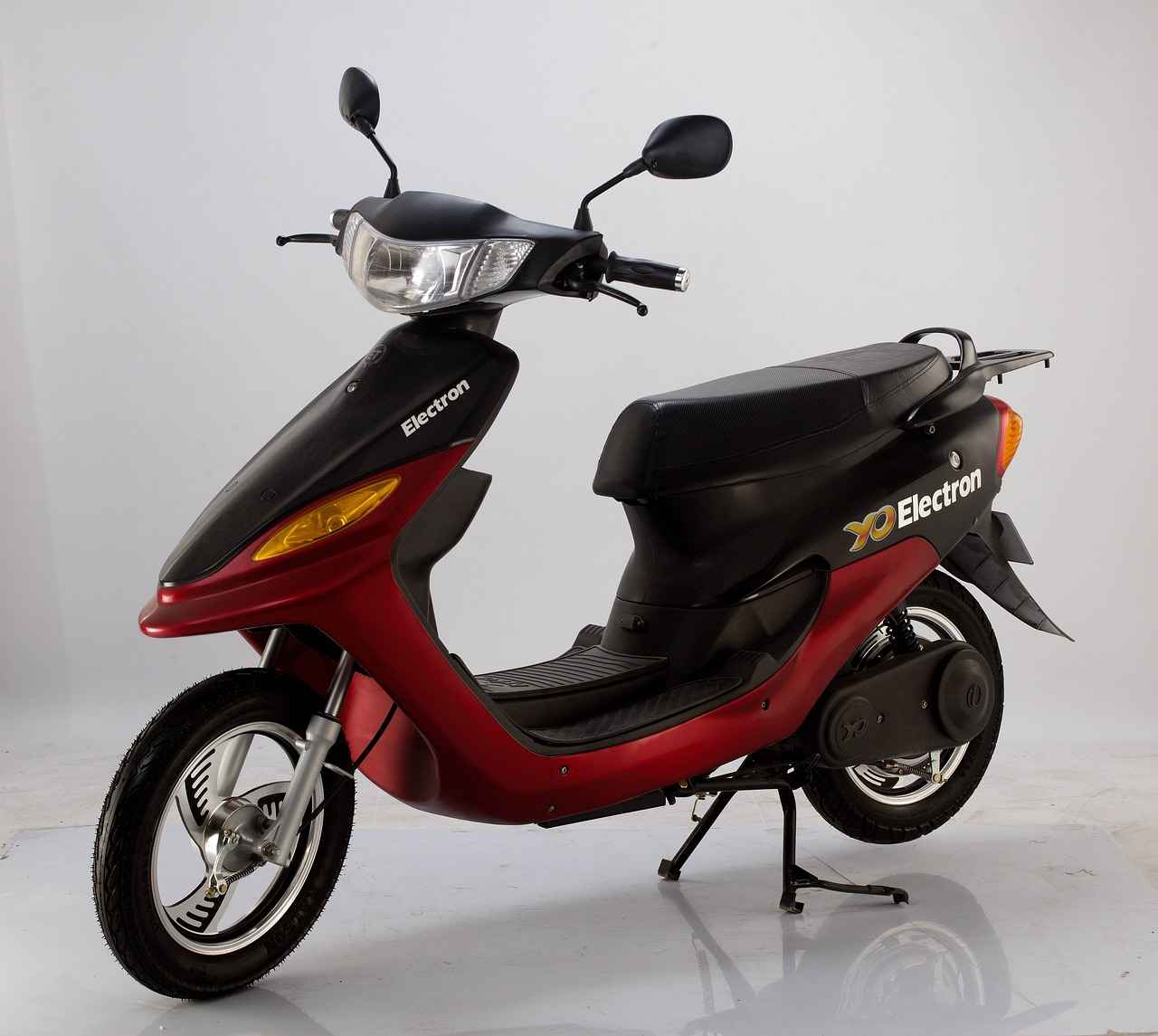
Maintenance Tips for Winter Electric Bikes
As winter approaches, ensuring that your electric bike is properly maintained is crucial for both performance and safety. The cold weather can present unique challenges, but with the right maintenance practices, you can keep your bike in optimal condition. Here are some essential tips to help you care for your electric bike during the winter months:
- Regular Cleaning: Snow, salt, and dirt can accumulate on your bike, leading to corrosion and wear. Make it a habit to clean your bike after every ride. Use a gentle soap and water solution to wash the frame, wheels, and components, ensuring you remove any debris.
- Lubrication: The cold can cause lubricants to thicken, making it vital to regularly lubricate the chain and moving parts. Use a high-quality lubricant suited for winter conditions to ensure smooth operation.
- Battery Care: Cold temperatures can significantly impact battery performance. Always store your battery indoors when not in use, and avoid letting it discharge completely. Keeping it charged and warm can extend its lifespan.
- Tire Maintenance: Check your tire pressure regularly, as colder temperatures can cause pressure to drop. Consider using wider tires with lower pressure for better grip on slippery surfaces.
- Brake Inspection: Ensure your brakes are functioning properly. Winter conditions can affect braking performance, so check for wear and adjust as necessary.
By following these maintenance tips, you can ensure that your electric bike remains reliable and safe throughout the winter. Regular checks and care not only enhance performance but also extend the lifespan of your bike, allowing you to enjoy your winter rides to the fullest.
Conclusion: Proper maintenance is essential for keeping your electric bike in top condition during winter. Regular checks and care can extend the lifespan of your bike and improve safety.
Cleaning and Lubrication
are vital aspects of maintaining your electric bike, especially during the winter months. As the weather turns cold and conditions become harsher, ensuring that your bike remains in top condition is essential for both performance and safety.
Regular cleaning of your bike helps to remove dirt, grime, and moisture that can accumulate and lead to corrosion. This is particularly important in winter when roads are often treated with salt and other chemicals that can accelerate rusting. A thorough wash with warm water and mild soap can do wonders for your bike’s longevity. After washing, it’s crucial to dry all components thoroughly to prevent moisture buildup.
- Inspect the Chain: The chain is one of the most critical components of your electric bike. A clean chain operates more smoothly and efficiently, which is especially important in winter conditions. Use a dedicated bike cleaner to remove dirt and debris, and always dry it well.
- Lubrication: After cleaning, apply a quality lubricant specifically designed for bike chains. This will help prevent rust and ensure smooth operation. Make sure to wipe off any excess lubricant to avoid attracting more dirt.
- Check Other Components: Don’t forget to inspect other moving parts like derailleurs, brakes, and gears. Keeping these components clean and lubricated will enhance performance and safety.
In winter, dirt and moisture can significantly impact your bike’s performance, making maintenance even more crucial. By prioritizing cleaning and lubrication, you can ensure that your electric bike remains reliable and enjoyable to ride, no matter the weather conditions.
Conclusion: Regular maintenance, including cleaning and lubrication, is essential for the longevity and performance of your electric bike during winter. By taking the time to care for your bike, you can enjoy safe and smooth rides throughout the cold season.
Battery Care in Cold Weather
As winter approaches, it’s crucial to understand how cold temperatures can significantly impact the performance of your electric bike’s battery. Cold weather can lead to reduced battery efficiency and longevity, which can affect your riding experience. Here are some essential tips for maintaining your battery during the chilly months.
- Store Indoors: Always store your battery indoors when not in use. Keeping it in a heated environment helps prevent the battery from freezing, which can cause permanent damage.
- Avoid Extreme Cold: If possible, try to limit exposure to temperatures below 32°F (0°C). Prolonged exposure can lead to a significant drop in performance.
- Charge Regularly: Ensure your battery is charged regularly, especially before long rides. Cold weather can deplete battery life faster, so starting with a full charge is essential.
- Monitor Battery Health: Keep an eye on the battery’s health and performance. If you notice a significant drop in range, it may be time to consult a professional.
- Use a Battery Insulator: Consider using a battery insulator or warmer designed for electric bike batteries. This can help maintain optimal temperatures while riding.
By following these simple yet effective tips, you can help ensure that your electric bike battery remains efficient and reliable throughout the winter months. Proper care not only extends the battery’s lifespan but also enhances your overall riding experience, allowing you to enjoy your winter adventures to the fullest.

Safety Tips for Riding in Winter Conditions
Safety is of utmost importance when riding during winter months. The challenges posed by icy roads and unpredictable weather conditions can significantly impact your riding experience. By understanding how to navigate these obstacles, you can ensure a more enjoyable and secure ride.
First and foremost, wearing appropriate gear is essential. Dressing in layers allows you to regulate your body temperature effectively, while reflective clothing increases your visibility to others on the road. Additionally, investing in quality gloves and thermal socks can keep your extremities warm, enhancing your overall comfort.
Another critical aspect of winter riding is understanding road conditions. Always check the weather forecast before heading out, and be cautious of black ice, which can form unexpectedly. Adjusting your riding style to account for slippery surfaces is crucial; this means reducing speed and increasing your following distance to allow for longer stopping times.
Moreover, maintaining your bike is vital during winter. Regularly inspect your tires for adequate tread and pressure, as lower tire pressure can improve grip on slick surfaces. Ensure that your brakes are functioning properly, as wet and icy conditions can affect their performance.
It is also advisable to practice defensive riding. Be aware of your surroundings and anticipate the actions of other road users. Keeping a safe distance from vehicles and being prepared to react to sudden changes can prevent accidents.
In conclusion, prioritizing safety while riding in winter is essential for an enjoyable experience. By dressing appropriately, understanding road conditions, maintaining your bike, and practicing defensive riding, you can navigate winter roads with confidence. Embrace the beauty of winter riding while keeping safety at the forefront of your adventures.
Wearing Appropriate Gear
When it comes to riding in winter conditions, is not just a matter of comfort; it’s a crucial factor for safety. The right attire can significantly enhance your visibility and warmth, allowing you to enjoy your ride while minimizing the risks associated with cold weather.
One of the most effective strategies for winter riding is dressing in layers. This method allows you to adjust your clothing based on the changing temperatures and your activity level. Here are some key benefits of layering:
- Insulation: Layers trap heat close to your body, keeping you warm even in frigid conditions.
- Moisture Management: Base layers made from moisture-wicking materials help keep sweat away from your skin.
- Flexibility: You can easily add or remove layers to adapt to your environment.
In addition to layering, wearing reflective gear is essential for enhancing visibility on the road. Winter days are often shorter, and poor weather conditions can reduce visibility. Here’s why reflective gear is beneficial:
- Increased Visibility: Reflective materials catch the light, making you more noticeable to drivers and other cyclists.
- Safety in Low Light: Wearing reflective gear during dusk or dawn can prevent accidents and ensure you are seen.
Moreover, consider investing in specialized winter cycling gear, such as:
- Insulated gloves: To keep your hands warm without sacrificing grip.
- Waterproof jackets: To shield against snow and rain.
- Thermal socks: To ensure your feet remain warm and dry.
In conclusion, dressing appropriately for winter rides is vital for both comfort and safety. By layering your clothing and incorporating reflective gear, you can enhance your riding experience and navigate winter conditions with confidence.
Understanding Road Conditions
is crucial for ensuring a safe and enjoyable winter biking experience. The cold months bring unique challenges that require cyclists to be extra vigilant and adaptable. Here, we will explore the various aspects of road conditions during winter and how they can impact your ride.
- Assessing Surface Conditions: Before heading out, take a moment to evaluate the road surface. Snow, ice, and slush can significantly alter traction and control. Look for areas where snow has been compacted or where ice may have formed.
- Identifying Hazards: Be aware of potential hazards such as potholes, debris, and uneven surfaces hidden beneath snow. These can pose serious risks, especially when visibility is low or conditions are slippery.
- Weather Impact: Weather can change rapidly in winter. Rain, snow, or freezing temperatures can create hazardous conditions. Always check the forecast and be prepared for sudden changes.
- Visibility Issues: Reduced daylight hours and poor weather conditions can limit visibility. Ensure you have proper lighting and reflective gear to make yourself visible to others.
- Adjusting Riding Style: Modify your riding style according to road conditions. Slow down on icy patches, maintain a steady pace on snowy trails, and be cautious when making turns or stopping.
In conclusion, being aware of road conditions and potential hazards is essential for winter biking. By assessing your environment and adjusting your riding style accordingly, you can enhance your safety and enjoyment on the road. Embrace the winter season with the right knowledge and preparation, and explore the beauty of winter landscapes on your electric bike!
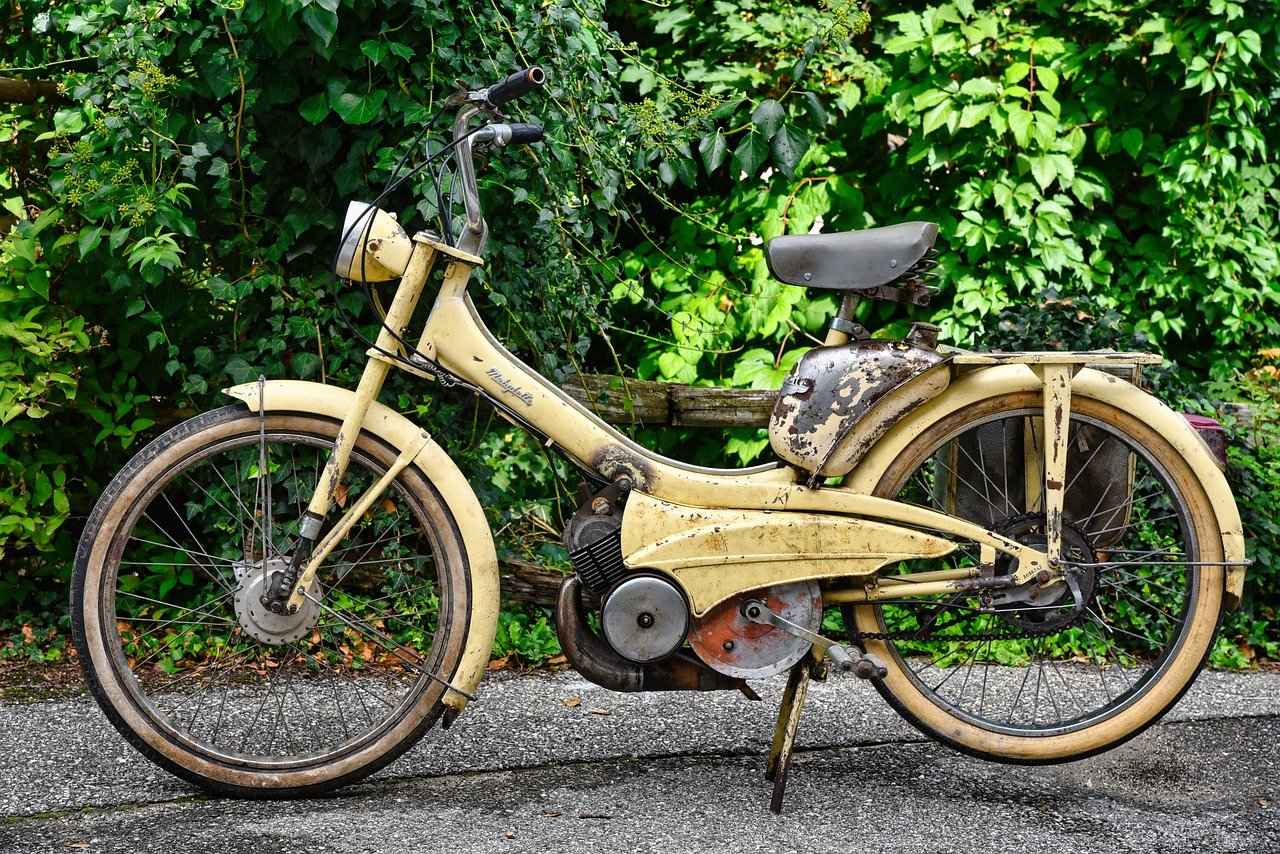
Conclusion: Embrace Winter Adventures with the Right Electric Bike
Choosing the right electric bike for winter adventures can significantly enhance your riding experience. With the appropriate features and diligent maintenance, you can confidently navigate through winter landscapes and relish the excitement of biking all year round. Electric bikes are designed to tackle the unique challenges posed by cold weather, offering advantages such as increased traction, improved stability, and additional power to conquer snowy terrains.
When selecting an electric bike for winter, it’s essential to consider several key features. Look for models equipped with fat tires that provide superior grip on slippery surfaces. A robust frame and a powerful battery are also crucial for ensuring a smooth ride, especially on inclines and longer journeys. Furthermore, investing in a bike with integrated lighting and fenders can enhance your visibility and protection against the elements.
Maintenance plays a vital role in keeping your electric bike in optimal condition throughout the winter months. Regularly cleaning and lubricating the bike’s components will help prevent rust and ensure smooth operation. Additionally, proper battery care is essential, as cold temperatures can diminish battery performance. Always store your battery indoors and avoid exposing it to extreme cold.
Safety should be your utmost priority while riding in winter conditions. Dress appropriately in layers, and consider wearing reflective gear to enhance visibility. It’s equally important to stay informed about road conditions and potential hazards to adjust your riding style accordingly.
In summary, by selecting the right electric bike and following essential maintenance and safety tips, you can fully embrace the thrill of winter biking. Get ready to explore the beauty of winter landscapes and enjoy the exhilarating freedom that comes with riding in the cold!
Frequently Asked Questions
- Can electric bikes handle snowy terrains?
Absolutely! Electric bikes, especially those with fat tires, are designed to provide better traction and stability on snowy and icy surfaces, making them ideal for winter riding.
- What features should I look for in a winter electric bike?
Key features include fat tires for enhanced grip, a robust frame for durability, and a powerful battery that can withstand cold temperatures, ensuring you have enough power for your rides.
- How can I maintain my electric bike during winter?
Regular cleaning and lubrication of components are crucial. Also, store your battery indoors to protect it from extreme cold and ensure it remains efficient throughout the winter.
- Is it safe to ride an electric bike in winter?
Yes, but safety is key! Always wear appropriate gear, be aware of road conditions, and adjust your riding style to navigate icy roads effectively.
- What tire pressure should I use for winter biking?
Lower tire pressure is recommended for better grip on slippery surfaces, while higher pressure can be used for packed snow to improve performance. Adjust according to the conditions!
